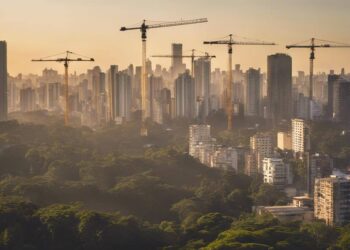Cuba is grappling with severe power outages after its national electrical grid collapsed, leaving 10 million residents without electricity. The collapse, which occurred last Friday, has triggered small protests and widespread frustration, highlighting the island’s crumbling infrastructure and worsening economic conditions.
According to Reuters, the grid initially failed when Cuba’s largest power plant malfunctioned. Combined with outages at smaller plants and delays in fuel shipments due to bad weather, the entire grid collapsed. Despite efforts to restore power, the grid has failed multiple times since, including another total blackout on Sunday, raising concerns about the country’s ability to quickly resolve the crisis.
Cuba’s outdated oil-fired power plants, heavily reliant on fuel imports, are at the core of the problem. Allies like Venezuela and Mexico have reduced fuel exports to Cuba, forcing the island to buy more expensive fuel on the global market. Meanwhile, long-standing U.S. sanctions, which restrict access to spare parts and financing for fuel, continue to complicate recovery efforts. However, U.S. officials deny responsibility for the grid failures.
The ongoing blackouts have exacerbated Cuba’s economic struggles, with shortages of food, fuel, and medicine becoming more severe. Residents have been facing daily power cuts of up to 20 hours. Efforts to restore power were further disrupted by Tropical Storm Oscar, which made landfall on Sunday, causing additional delays.
While the Cuban government has plans to invest in renewable energy, economic difficulties have slowed progress. Despite the hardships, many Cubans continue to support the government’s efforts to resolve the crisis, though frustration remains high, leading to growing protests across the island.
















